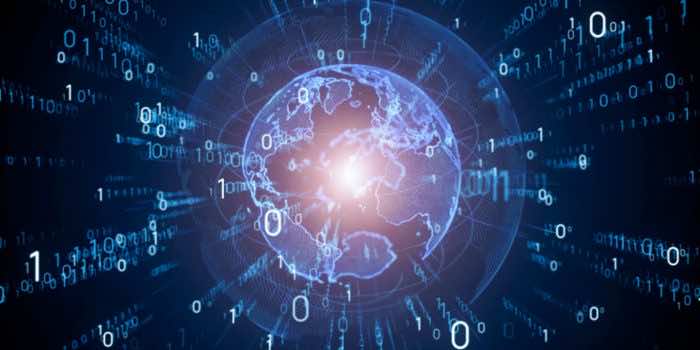Researchers from Germany’s University of Innsbruck, RWTH Aachen University, and Forschungszentrum Jülich research institute came up with a method that could lead to the rise of error-free quantum computers. The mechanism involves two logical quantum bits and can be used for any kind of task.
Soon after, scientists with funding from the Simons Foundation developed a phase of matter that behaves as if it exists in two-time dimensions and reported that information stored in the strange new phase of matter is far more protected against errors than information stored with the conventional setups currently used in quantum computers.

Now a team at the University of Innsbruck, Austria, has engineered a quantum computer that goes beyond binary information – zeros and ones- and unlocks additional computational resources that have long been kept hidden in almost all of today’s quantum devices, according to a press release by the institution published Thursday.
“The building blocks of quantum computers, however, are more than just zeros and ones,” explained Martin Ringbauer, an experimental physicist from Innsbruck, Austria. “Restricting them to binary systems prevents these devices from living up to their true potential.”
The team made a quantum computer that can perform arbitrary calculations with so-called quantum digits (qudits).
The statement describes it as follows:
“In the Innsbruck quantum computer, (…), information is stored in individual trapped Calcium atoms. Each of these atoms naturally has eight different states, of which typically only two are used to store information. Indeed, almost all existing quantum computers have access to more quantum states than they use for computation.”

“Quantum systems naturally have more than just two states, and we showed that we can control them all equally well,” said Thomas Monz, the new study’s team leader.
“Working with more than zeros and ones is very natural, not only for the quantum computer but also for its applications, allowing us to unlock the true potential of quantum systems,” explained Ringbauer.


